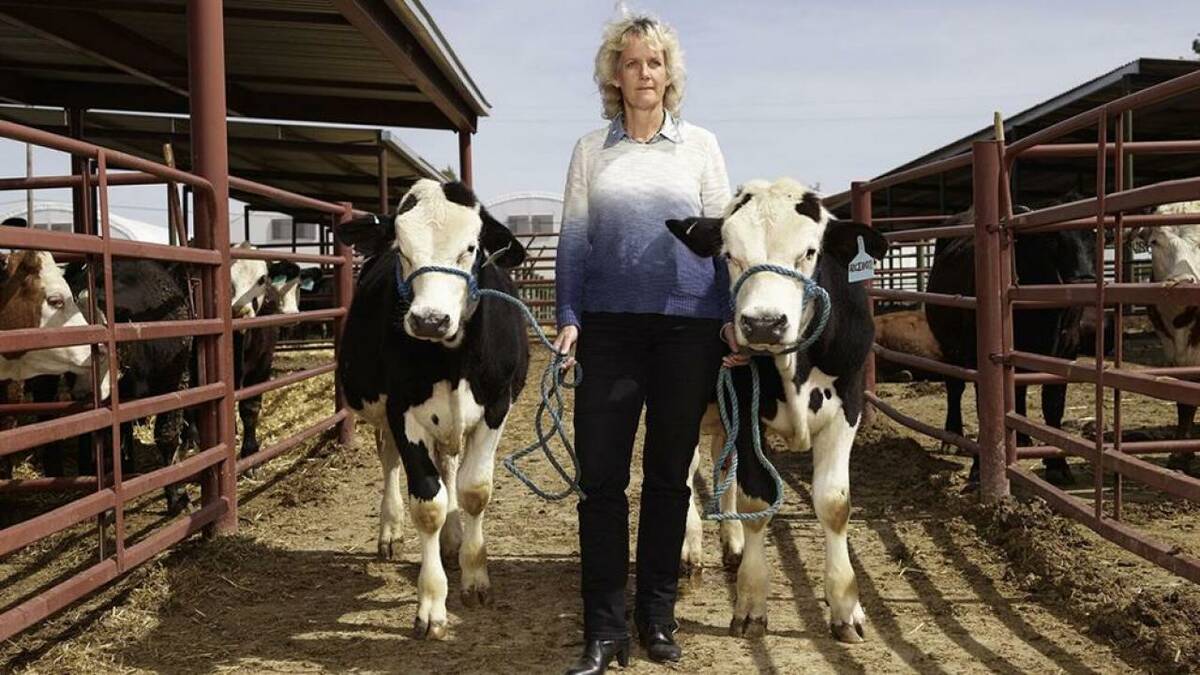Farmers are increasingly spraying their canola crops at above label rates, which is causing significant yield loss, says Monsanto Canada.
Company research trials conducted over a two-year period on 53 sites shows farmers are losing an average of three bushels per acre by over-spraying, costing them $40 per acre at today’s prices.
“I think that’s the piece that people have not understood, is that there is risk associated with this practice,” said Dave Kelner, canola technical lead with Monsanto Canada.
A survey of 1,700 farmers conducted by Stratus Agri-Marketing Inc. on behalf of Monsanto found that 45 percent of farmers sprayed above label rates in 2012, up eight percentage points from the 2011 results.
Read Also

Stacking Canada up on gene editing livestock
Canada may want to gauge how Argentina and other countries have approached gene editing in livestock and what that has meant for local innovation.
The survey also found that 30 percent of farmers sprayed at above label rates after the six-leaf stage of crop development, up four percentage points from the 2011 survey.
Kelner said farmers who are increasingly confronted by tough-to-control weeds such as dandelion, foxtail barley and wild buckwheat feel it is necessary to use more than the label rate of Roundup, which is either two applications of 0.33 litres per acre or one application of 0.5 litres per acre applied at the zero to six-leaf stage of development.
The new Monsanto research shows the rewards of a cleaner field during the year of application: reduced dockage at harvest and fewer weeds the following year, are more than offset by the yield penalty, which was as high as one-third of the crop in some trials.
Off-label herbicide application is increasing partly because of lower glyphosate prices. Roundup WeatherMAX, which retailed for $14 per litre in 2007, is selling for half that price today.
Kelner said the company is publicizing the results so growers can get the most out of Monsanto’s existing seed technology.
He said the company’s hybrid performance has come a long way in the last five or six years, and it wants growers to reap the full benefits of the Roundup system.
“It is competitive with other systems on the market, but that’s not always realized because of various reasons, and one of them, I think, is this situation that’s happening with spraying off-label and hurting the crop,” said Kelner.
Dale Leftwich, a grower from Esterhazy, Sask., and director of the Sask-atchewan Canola Development Commission, thinks there may be an ulterior motive at work.
Leftwich suspects Monsanto is attempting to build a case that over-spraying is causing yield damage to boost interest in a new trait it has invested a lot of time and money developing.
Monsanto received Canadian regulatory approval last summer for TruFlex Roundup Ready canola, a new trait that allows farmers to apply higher rates of herbicide in a wider window of application. The trait is expected to be commercialized next year.
Leftwich doesn’t doubt farmers are guilty of over-spraying when weeds are tough to control or out of control.
However, he is curious about how often the 45 percent of farmers in the survey are spraying at above label rates. Is it all the time or only occasionally? Is it on one canola field or every field?
Leftwich said there is a perception among farmers that Bayer CropScience’s LibertyLink varieties yield better than Roundup Ready canola.
He acknowledged it is plausible that the yield drag associated with over-spraying glyphosate could be leading growers to that conclusion.
Kelner said Monsanto’s first generation herbicide tolerance gene is tolerant to the chemical only within certain parameters. The resistance breaks down once the prescribed application levels are exceeded, and the plant becomes as susceptible to the chemical as a weed.
Symptoms of plant damage are similar to what they are in weeds: yellowing, flower bleach and improper seed set.















